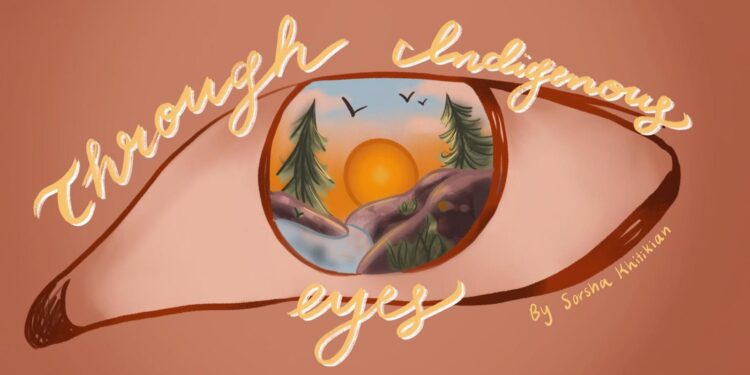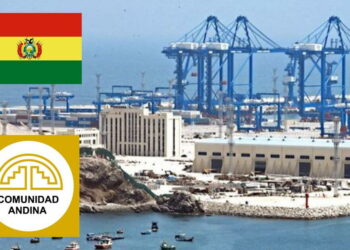Greenland is a relatively new player on the global stage. Only gaining autonomy from Denmark in 1979, the region is known for fishing, ice and being the largest island that isn’t considered a continent. However, the history of colonialism and the Indigenous fight for sovereignty in Greenland is largely unknown outside of Greenland and Denmark. While this serves historically colonial powers, examining Greenland as a case study is vital to contextualizing Indigeneity within global politics. As U.S. President Donald Trump explores buying Greenland, it’s important to not only consider the opinion of European powers, but also the Indigenous people Trump’s proposal would immediately affect.
Greenland was first settled by Inuit people from North America, with colonial activity on the island beginning in the 1700s. A missionary named Hans Egede traveled to Greenland in a misguided attempt to convert Catholic vikings to Protestantism. Instead, he discovered an island rich in raw materials and populated with Indigenous people — resources which the Danes quickly sought to exploit. Soon becoming a Danish colony, Greenland offered blubber, sealskins and whale oil that brought economic prosperity to Denmark.
The struggles of Indigenous people in Greenland today are largely the result of “Danization” policies from the 1950s. At this point, Denmark had joined the United Nations, which required all members to give their colonies self-rule. Denmark complied, but in order to keep social and economic control in Greenland, the Danish forced Indigenous people to relocate to urban cities. Indigenous women were forcefully sterilized and Indigenous children were taken from their families for forced adoptions and social experiments.
Greenland gained some autonomy from Denmark in 2009, when it was recognized as a separate entity in international diplomacy. Greenland could control its own legal system, police, internal affairs and its natural resources, after centuries of Danish exploitation. However, it has not yet achieved full sovereignty.
Today, among Greenland’s Indigenous people, who account for 89% of the population, there is a fierce desire for complete Greenlandic political independence. This is coming at a time when melting sea ice is unlocking new opportunities for mining and drilling, prompting world powers to consider exerting control over Greenland as a geopolitical asset. The loudest of those voices is Trump, who has not consulted Greenland on buying its territory, but has instead talked to Greenland’s former colonial ruler, Denmark.
Indigenous people in Greenland have mixed feelings about Trump’s proposal. Many want to distance themselves from Denmark as much as possible, and thus may find Trump’s offer appealing. However, Denmark also subsidizes much of Greenland’s annual budget, which some are scared of losing. There is also fear that Trump’s plan will take away the cultural gains Greenlanders have fought so hard to achieve.
But the main concern is sovereignty. Under continued Danish rule, Indigenous people have yet to achieve full independence — a decision that is set to be put to a vote this year. Indigenous sovereignty in America has fared much worse, and any control Trump gains would spell disaster for Indigenous rights. Right now, Greenland is in a powerful position. By prioritizing Indigenous sovereignty, Greenland could shove off the yoke of Danish rule and deflect American advances. Only time, however, will reveal what lies ahead.
Source link : http://www.bing.com/news/apiclick.aspx?ref=FexRss&aid=&tid=67b81adb11184aae9ec01f3140a81011&url=https%3A%2F%2Fwww.tuftsdaily.com%2Farticle%2F2025%2F02%2Fthrough-indigenous-eyes-the-colonial-history-of-greenland-and-why-it-matters&c=2378289678280683938&mkt=en-us
Author :
Publish date : 2025-02-20 17:17:00
Copyright for syndicated content belongs to the linked Source.





